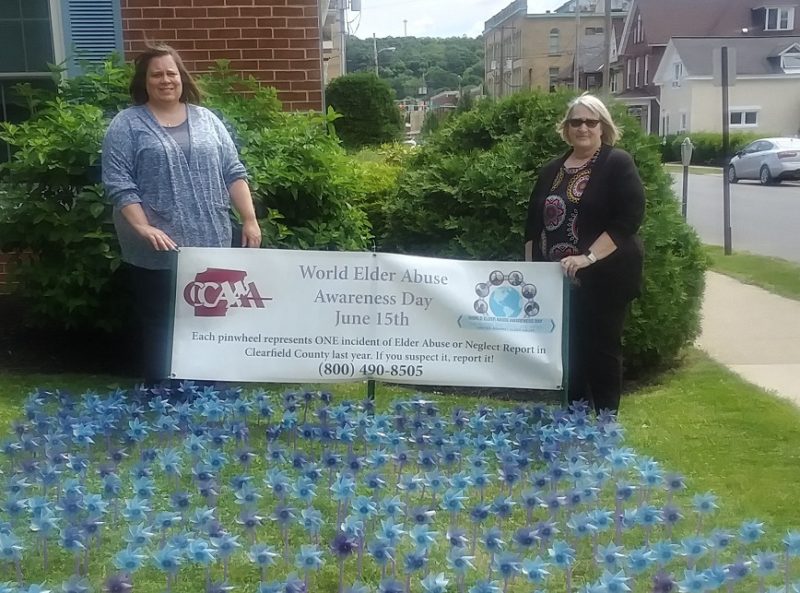
Elder abuse is widespread. Every year, one in 10 older Americans, ages 60-plus, are victims of elder abuse, neglect or exploitation.
According to data, as high as 5 million elders are abused each year. However, research suggests that only one in 14 cases of abuse are actually reported to authorities.
Elders who have been abused have a “300 percent higher risk of death when compared to those who have not been mistreated,” according to the National Council on Aging.
The council adds: “estimates of elder financial abuse and fraud costs to Older Americans range from $2.9 billion to $36.5 billion annually.”
Again, it was noted that estimates are only based on those cases that are actually reported. While the losses resulting from elder abuse can be tangible, victims of elder abuse can suffer intangible loss as well – loss of dignity, independence and even loss of life.
As people age, they are more likely, statistically, to experience social isolation, which can increase the likelihood of abuse and neglect, due to the disconnection from social supports.
Likewise, factors such as dementia or poor physical health can increase an older adult’s isolation. Mental health or substance abuse issues of an older adult and or a perpetrator can increase risk as well.
How can Elder Abuse be prevented? Education is key.
It is important that older adults, professionals, caregivers and the public be educated on elder abuse, in order to prevent it from occurring.
Everyone in the local community can play a vital role in prevention of elder abuse by doing the following:
- Improve communication and stay in contact. Maintaining communication with older friends, neighbors and relatives will help decrease isolation for the older adult and give him or her a chance to talk about any problems he or she is experiencing.
- Be aware of the possibility of abuse. Keep an eye on what may be happening with your older neighbors and acquaintances. Look out for behaviors such as fear, sadness, anxiety, and social withdrawal – especially when these behaviors seem to occur around certain people and are not common for the older adult.
- Contact your local Area Agency on Aging. AAAs exist to provide services and supports to older adults in need. These programs help older adults to maintain health, well-being and independence, which, together, build a good defense against abuse.
- Report suspected mistreatment. If an older adult is in immediate, life-threatening danger, call 911. Reports of abuse can be made to your local adult protective services agency or law enforcement. Reports can also be made by calling 1-800-233-0249. Continue to speak out and report concerns, even if you believe a situation has already been investigated.
The first World Elder Abuse Awareness Day occurred on June 15, 2006 in an effort to raise awareness about elder abuse. The day has come to represent a call-to-action for our community to commit to the principle of “justice for all.”
To bring attention to this issue, the Clearfield County Area Agency on Aging places purple pinwheels, in front of the main building during the month of June, to represent the reports of abuse received.
This display, along with the informative banner, serves to provide a visual representation of what some older adults have endured in the county.
Daily, agency staff work diligently to meet the needs of the elderly population through coordination of services, education and various programs.
Together, everyone can strengthen the social support structure, reduce risk factors for abuse, protect communities and families against elder abuse and make a difference in the lives of older adults.